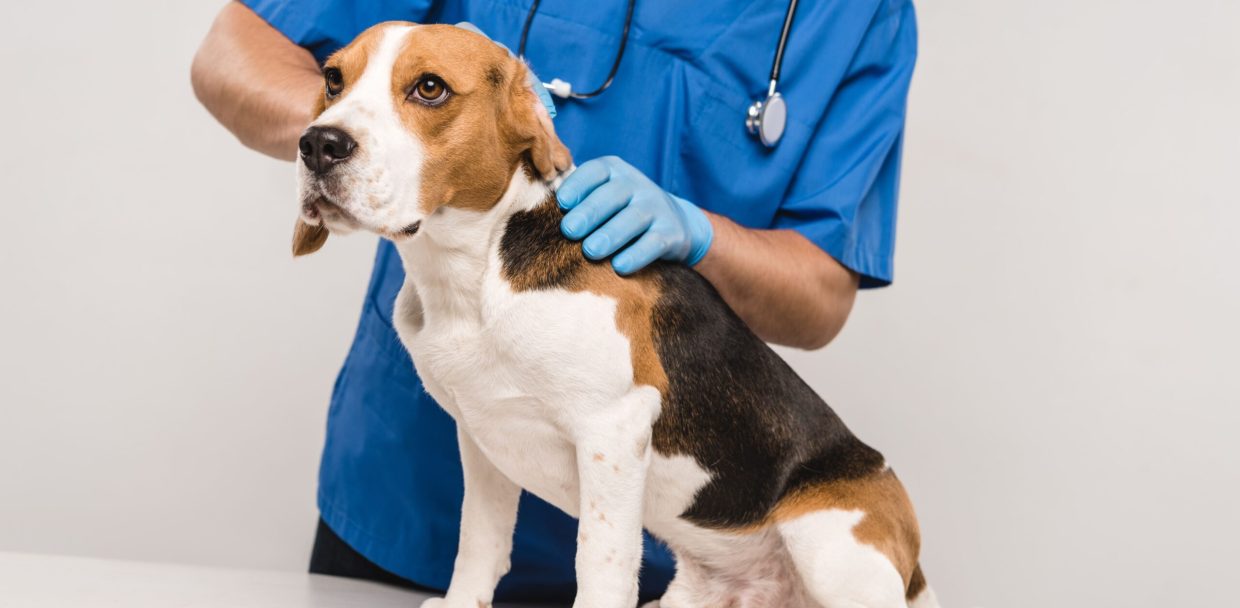

Veterinary practices are rapidly evolving, and so is the equipment used to support them. As we look ahead to 2025, several emerging trends are poised to redefine how veterinarians diagnose, treat, and care for animals. This blog explores the top trends in veterinary equipment and technology that forward-thinking clinics should be aware of.
1. Smart and Connected Devices
IoT-Enabled Equipment The Internet of Things (IoT) is making its way into veterinary clinics. Devices like smart thermometers, infusion pumps, and diagnostic machines can now connect to cloud platforms, allowing for real-time monitoring and seamless data sharing.
Wearable Health Trackers for Animals Smart collars and wearable sensors help monitor pets’ heart rate, temperature, activity, and even sleep patterns. This data can be synced with veterinary systems for better diagnostics and follow-up.
2. AI and Machine Learning Integration
AI-Assisted Imaging Advanced imaging software now incorporates AI to help analyze radiographs, CT scans, and ultrasounds. This reduces interpretation errors and speeds up diagnostics.
Behavior Analysis Tools Using AI to track and interpret animal behavior through video and sound data helps identify early signs of stress, illness, or pain that might be missed during physical exams.
3. Portable and Compact Tools
Mobile Ultrasound and X-Ray Devices Veterinary professionals working in the field or in mobile units benefit from compact imaging tools. These portable devices allow for on-the-go diagnostics without compromising image quality.
Handheld Blood Analyzers These pocket-sized diagnostic tools allow for immediate in-clinic bloodwork. Results are available in minutes, which is critical for emergency or rural settings.
4. Eco-Friendly and Sustainable Solutions
Reusable and Sterilizable Equipment As the veterinary industry becomes more conscious of its environmental footprint, more clinics are investing in tools that can be reused and sterilized instead of disposable ones.
Energy-Efficient Machines New veterinary equipment is being designed with energy efficiency in mind. This reduces operating costs and supports green initiatives.
5. Enhanced Ergonomics and Safety
Vet-Friendly Design Newer tools are being designed with ergonomics in mind, reducing strain on veterinarians during long procedures. This includes lightweight surgical instruments and height-adjustable tables.
Improved Sanitation Systems Touchless dispensers, air purification units, and antimicrobial surfaces are becoming standard to ensure cleanliness and prevent cross-contamination in clinics.
Conclusion The future of veterinary care lies in smart, efficient, and sustainable equipment. Clinics that invest in these upcoming trends will not only offer better care but also improve their operational efficiency and appeal to modern pet owners. By staying ahead of the curve, veterinary professionals can future-proof their practice and continue delivering exceptional animal healthcare.
10 Responses
hmub3z
hs9iv2
65gon8
Nice post! 1754772483
Top kapan siz maçı tatlı bitirdiniz helal olsun ustalar ssupsw.in
lqqrpp
vovfqs
2131355066
eyjjeg
zo9ggi